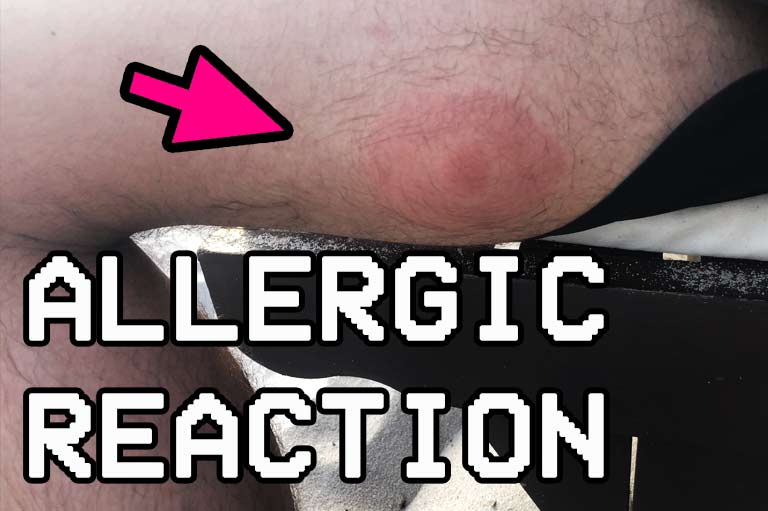
30 Sep Strong allergic reaction from sandfly bite (UPDATE: Borrelia bacterina)
Allergic reactions from a sandfly bite or Borrelia bacteria a clinical sign of infection with the Borellia bacteria? (Important)
The bite of a sand fly has a different healing period dependent upon the possible factors that caused the infestation at first. The first and foremost factor that determines the intensity of the bite is the sensitivity of the skin of the individual that is the recipient. Most of the skin conditions after the bite are common to many other forms of allergens and their reactions, but throughout the similarity, the sand fly bite is known to last for longer periods of time and develop differently throughout the period of their entirety.
It is standard practice to use natural remedies in the case of singular bites or small clusters. Preference is given to medication in the instance of excessive bites along with a visit to the doctor. Natural remedies are known to work faster on humans by helping to reduce swelling states and thus lessen the itch against the skin.
The allergic reaction bites take up to several weeks to completely heal.
The allergic reaction to an insect sting varies from person to person. Symptoms of an allergic reaction can include itching, hives, flushing of the skin, tingling or itching inside the mouth, and nausea or vomiting.
While it often looks alarming, it’s usually no more serious than a normal reaction. Large local reactions peak at about 48 hours and then gradually get better over 5 to 10 days. The most serious reaction is an allergic one (described below). You’ll need to get it treated right away.
The pictures below show a strong allergic reaction from a sandfly bite in Cambodia (Koh Rong) We loved Koh Rong (Cambodia) – But there are a lot of sandfly. ( In our case at Sok San Beach Resort)
UPDATE: No necessarily an allergic reaction. Possibly bacteria borrelia
The bullseye Rash that we determine as an allergic reaction in this article, can be actually a clinical sign of infection with the Borellia bacteria – the bacteria that causes Lyme disease. Even if the rash fades, the bacteria remain and can make you very sick. Borellia is spread by biting insects – we don’t know how many insects carry the bacteria, but ticks are a well-known vector and mosquitos and March flies have also been found to carry it. It has also been noted that many Lyme disease patient notice symptoms after a bout of sandfly bites.
IMPORTANT: If you have a clinical sign of infection with the Borellia bacteria like bullseye rash you should go to a doctor immediately. You will be treated with appropriate antibiotics in the early stages of Lyme disease usually recover rapidly and completely. Antibiotics commonly used for oral treatment include doxycycline, amoxicillin, or cefuroxime axetil.
Please take Lyme disease very seriously even if you are not sick now, it can multiply over time and make one very sick.
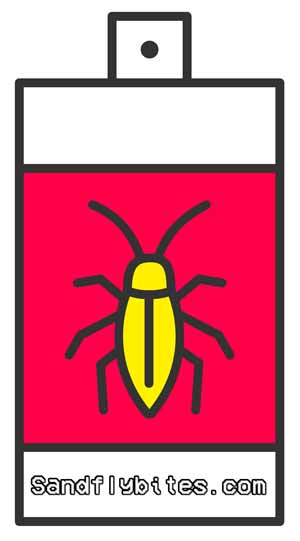
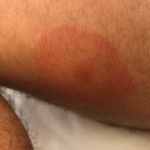
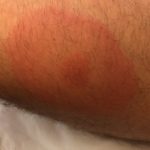
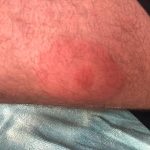
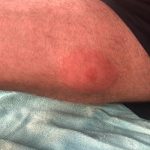
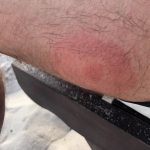
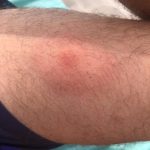
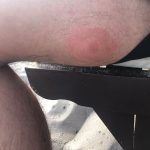
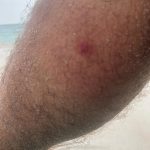
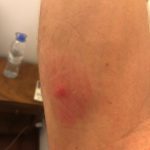
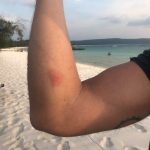

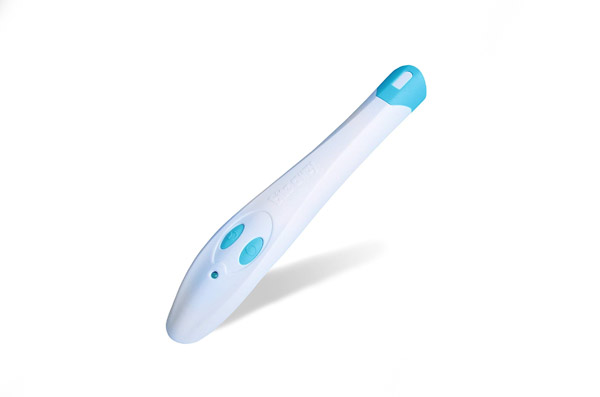


Susan
Posted at 08:41h, 24 MaiHi, The bullseye Rash that you determine an allergic reaction, is actually a clinical sign of infection with the Borellia bacteria – the bacteria that causes Lyme disease. Even if the rash fades, the bacteria remain and can make you very sick. Borellia is spread by biting insects – we don’t know how many insects carry the bacteria, but ticks are a well known vector and mosquitos and March flies have also been found to carry it. It has also been noted that many Lyme disease patient notice symptoms after a bout of sandfly bites. Please take Lyme disease very seriously even if you are not sick now, it can multiply over time and make one very sick.
Daniel
Posted at 12:20h, 19 JuniHi Susan, thank you very much for your interesting comment. Unfortunately, it could be possible that the bullseye rash is a reaction from the Borrelia bacteria. Even sandfly could carry Borrelia bacteria. I talked to my doctor and he proofed your suspicion. It could be a reaction from Borrelia bacteria. As a precaution, you have to take an antibiotic for 3 weeks. This is for safety reasons.
I´ll change this article and will put the information about the Borellia, which is spreading by biting insects.
Thanks again 🙂